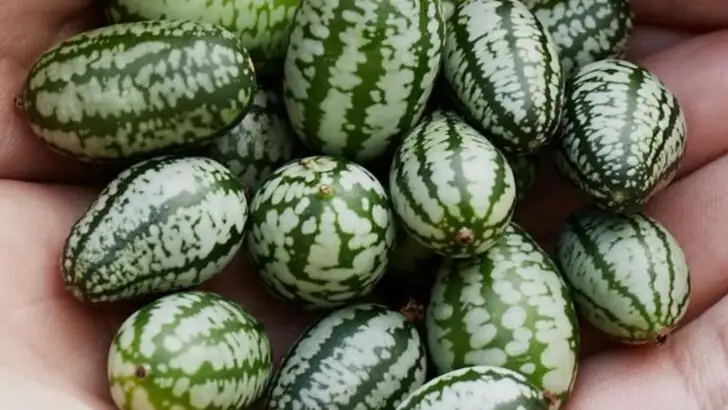Think you’ve tried every edible plant worth growing? Think again. Beyond tomatoes, basil, and salad greens lies a whole world of surprisingly delicious and easy-to-grow edible plants that most people have never even heard of. These plants aren’t just unusual—they’re conversation starters, nutrient powerhouses, and often more resilient than the common garden staples.
From leaves that taste like mushrooms to roots that add a lemony twist to meals, these hidden gems can be grown in pots, window boxes, or tucked into garden beds. Many of them thrive with minimal care, adapt well to different climates, and offer unique flavors that can completely change your cooking game. Best of all, you don’t need to be a plant expert to grow them successfully.
So if you’re ready to impress your friends (and your tastebuds) with something totally different this season, these 16 unusual edible plants are your next adventure. Add one or two to your garden—or grow a full batch—and rediscover how fun and flavorful growing your own food can be.
Electric Daisy (Acmella oleracea)

Imagine a plant that gives your taste buds a gentle electric buzz! The Electric Daisy, or Acmella oleracea, offers just that unique experience. Its vibrant yellow and red flowers are not just a visual delight, but also add a zingy, numbing sensation when consumed.
Popular in South American cuisine, this plant is as much a conversation starter as it is an ingredient. Growing it requires minimal effort as it thrives in both pots and garden beds, needing just a bit of sunlight and regular watering.
Its eye-catching blooms make it a striking addition to any garden.
Oca (Oxalis tuberosa)
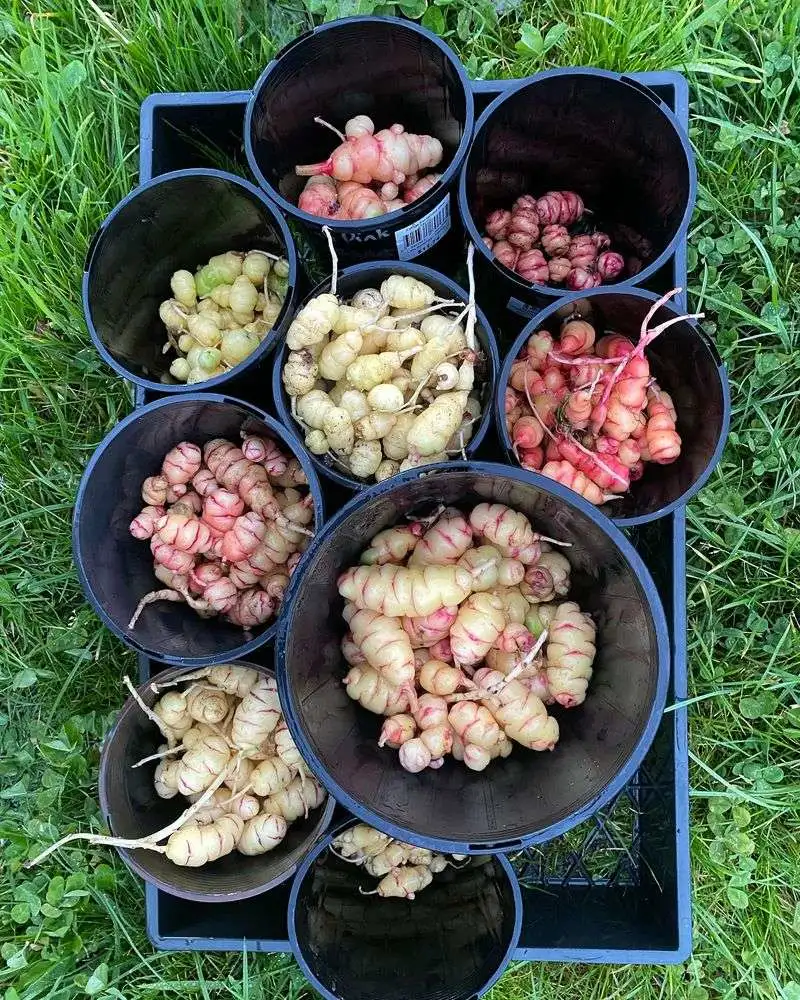
Oca, a tuber from the Andes, rivals the potato in versatility and taste. With its tangy, lemony flavor, it adds a refreshing twist to traditional dishes. These tubers come in a rainbow of colors from yellow to red, each with its unique taste profile.
Easy to grow in containers or directly in the ground, Oca prefers cooler climates. It beautifies your garden with its shamrock-like leaves and colorful tubers. Harvesting them at the season’s end reveals a vibrant surprise beneath the soil, ready to be roasted or boiled.
Salsify (Tragopogon porrifolius)
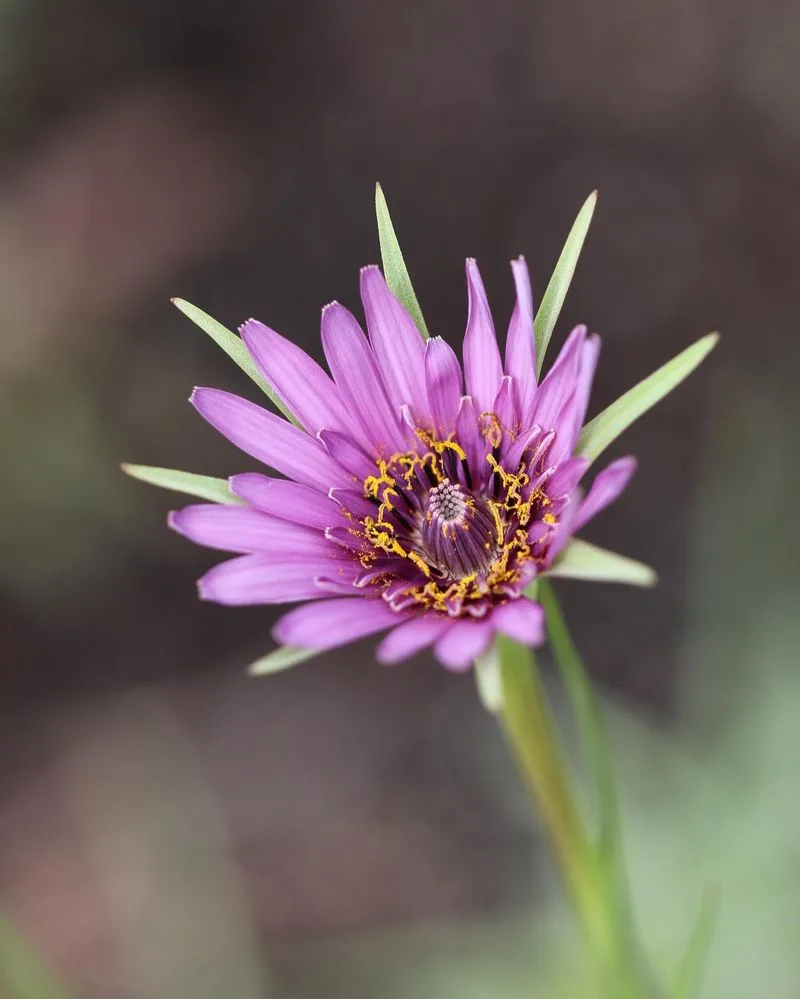
Known as the “oyster plant,” Salsify brings a subtle seafood flavor to your palate, perfect for adventurous cooks. This root vegetable boasts creamy, parsnip-like texture and delicate taste.
Growing Salsify requires little more than patience, as it thrives in sunny spots with well-drained soil. Its long, slender roots are ready for harvest by late fall.
The plant’s delicate purple flowers add an unexpected elegance to any garden, making it both a culinary and visual treat.
Cucamelon (Melothria scabra)
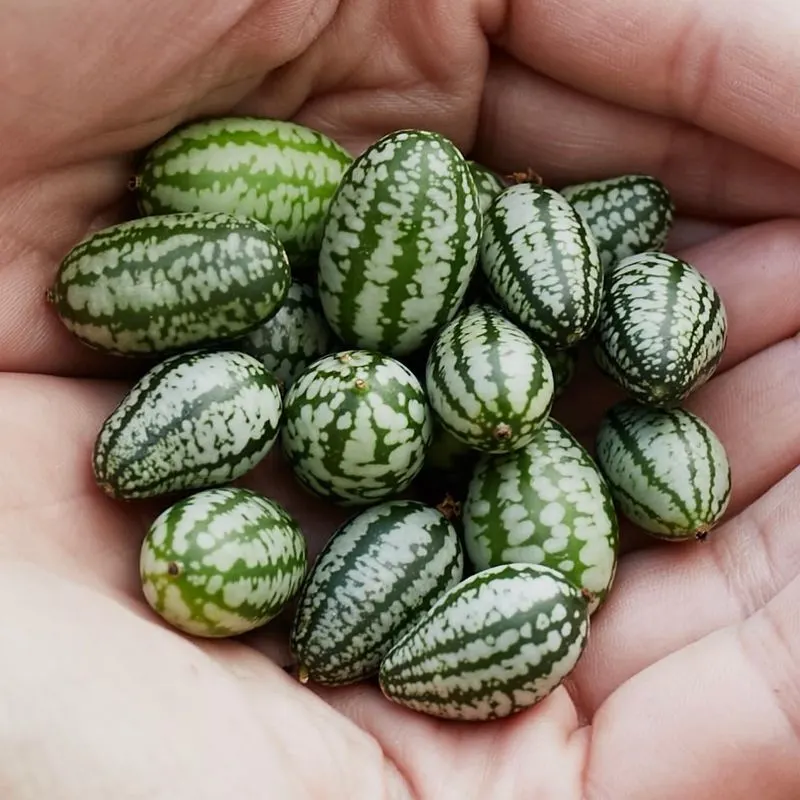
Cucamelons may look like miniature watermelons, but they taste like fresh cucumbers with a citrus twist. These adorable fruits grow on a vine and are perfect for snacking or pickling.
Ideal for urban gardens, cucamelons flourish in pots or hanging baskets, needing only a sunny location and regular watering. The vines are prolific, ensuring a bountiful harvest throughout the growing season.
Their unique appearance charms gardeners and guests alike, proving that good things really do come in small packages.
Chayote (Sechium edule)
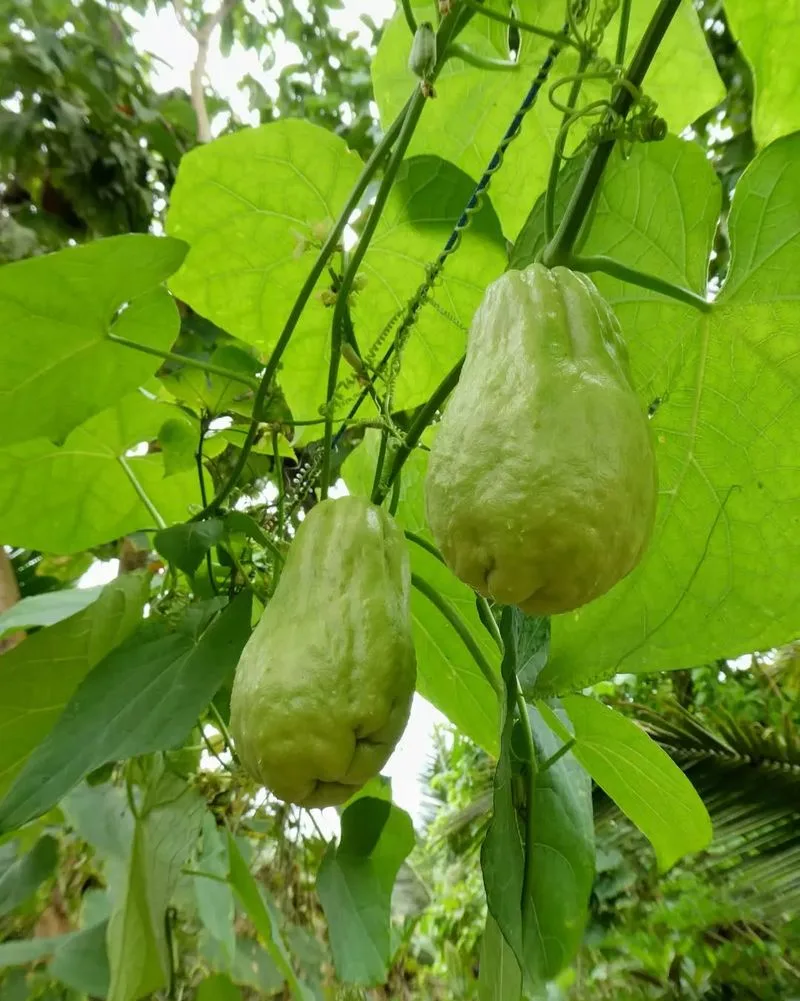
Chayote, a staple in Latin American cuisine, is a versatile squash that resembles a pear in appearance. Its crisp texture and mild flavor make it perfect for salads, stews, and sautés.
This vigorous climber thrives in warm climates and loves a supportive trellis structure. As it grows, it produces light green, pear-shaped fruits that hang like ornaments in the garden.
Low maintenance with high yield, chayote is a rewarding plant for those seeking to expand their culinary repertoire.
Malabar Spinach (Basella alba)

Unlike regular spinach, Malabar Spinach thrives in heat, making it ideal for warmer climates. Its thick, glossy leaves add a succulent crunch to salads and stir-fries.
As a climbing plant, it’s perfect for vertical gardens, adding not just greenery but also an exotic touch with its small, white flowers. Malabar Spinach requires minimal care and grows quickly.
Its ability to withstand heat and its lush appearance make it a valuable addition to any home garden, offering both aesthetic and nutritional benefits.
Ground Cherry (Physalis pruinosa)

Ground Cherries, encased in their signature papery husks, offer a sweet-tart flavor reminiscent of pineapple and tomato. These small, golden fruits are perfect for snacking, jams, or desserts.
Easy to grow and prolific, Ground Cherries thrive in well-drained soil and sunny locations. They self-seed, ensuring a continual presence in the garden year after year.
The unique appearance of their husks and the delightful surprise inside make them a favorite among gardeners and food enthusiasts alike.
Cardoon (Cynara cardunculus)
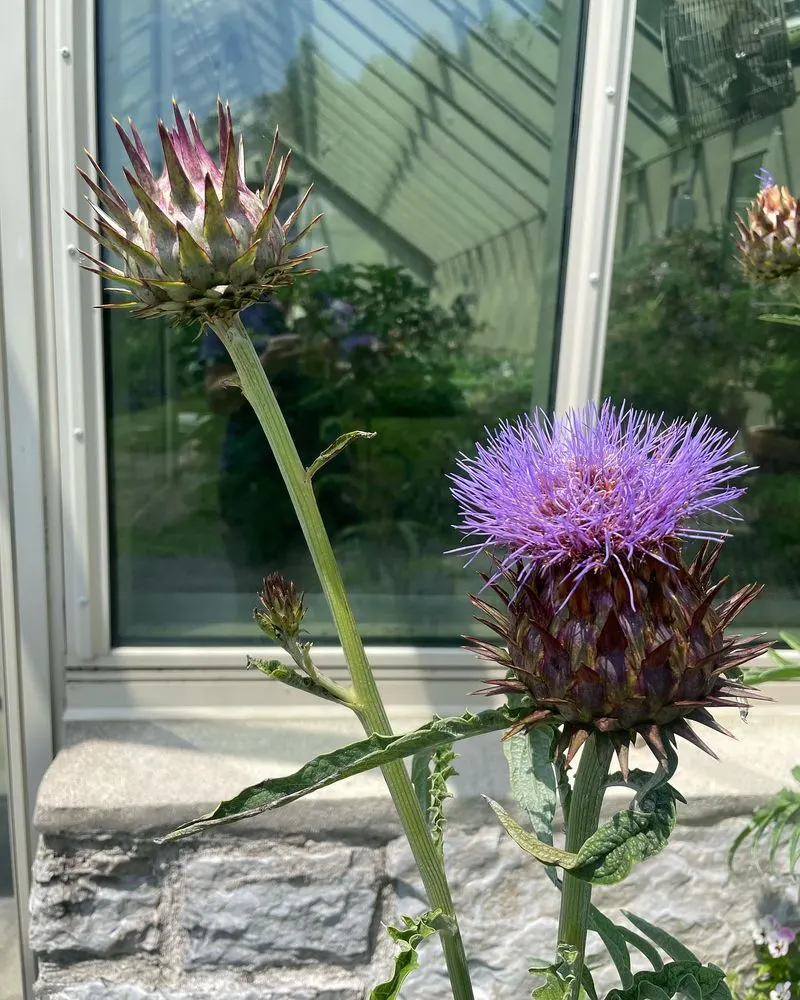
With its stately presence, Cardoon is often mistaken for its cousin, the artichoke. However, its stalks, not the flower buds, are the culinary stars, offering a taste similar to celery.
Cardoon requires ample space and thrives in sunny, well-drained sites. Its impressive height and striking foliage make it a structural feature in any garden.
During colder months, it transforms into a hearty vegetable when cooked, offering a unique taste to adventurous gourmets.
Moringa (Moringa oleifera)
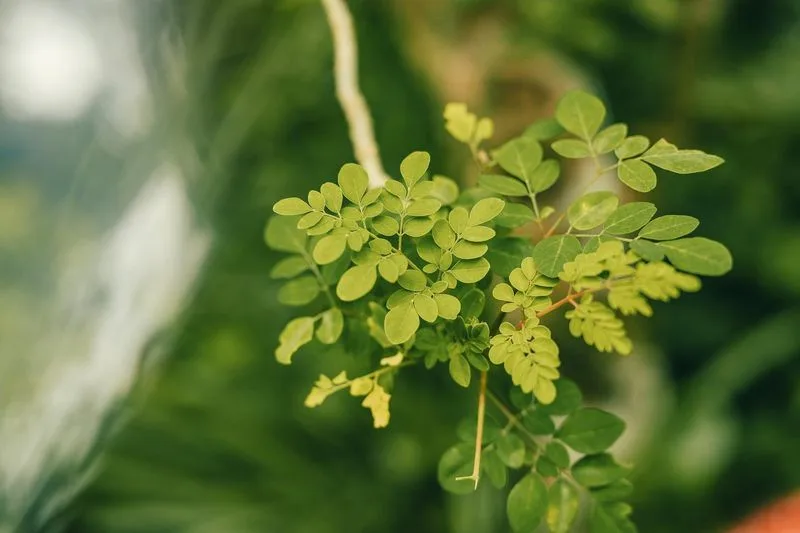
Often dubbed the “drumstick tree,” Moringa is celebrated for its nutritional prowess. Virtually every part of this plant is edible, from leaves to pods, each packed with essential nutrients.
Moringa trees are drought-resistant and grow rapidly, making them suitable for various climates. Their feathery leaves create a delicate silhouette, gracing gardens with a touch of tropical elegance.
Beyond its beauty, Moringa is a powerhouse of nutrition, often hailed as a superfood in many cultures.
Sea Kale (Crambe maritima)

Sea Kale, a perennial vegetable, boasts robust blue-green leaves and a history of culinary use. Its flavor is reminiscent of cabbage or broccoli, making it a versatile kitchen ingredient.
Growing Sea Kale requires well-drained soil and a sunny location, often thriving in coastal gardens. The plant’s resilience to salt and wind makes it an ideal choice for beachside planting.
Its delicate white flowers add visual interest, while its edible leaves and shoots offer culinary possibilities year-round.
Nasturtium (Tropaeolum majus)

Nasturtiums bring a peppery punch to salads and garnishes, with their bright, edible flowers and leaves. These cheerful blooms not only add flavor but also a splash of color to any dish.
Easy to grow from seed, Nasturtiums flourish in poorer soils and require little care, cascading beautifully from borders or baskets.
Their edible blossoms and lush green leaves make them a favorite among gardeners seeking beauty and utility in their green spaces.
Jicama (Pachyrhizus erosus)

Jicama, with its crisp, sweet root, is a staple in many tropical cuisines. Its juicy flesh is perfect for salads or as a refreshing snack.
Thriving in warm climates, Jicama plants require support for their vines and rich, well-drained soil for best yields. The plant’s beans are toxic, so the root is the prized edible part.
Its crunchy texture and mild flavor provide a delightful contrast in dishes, making Jicama a versatile addition to any garden.
Borage (Borago officinalis)
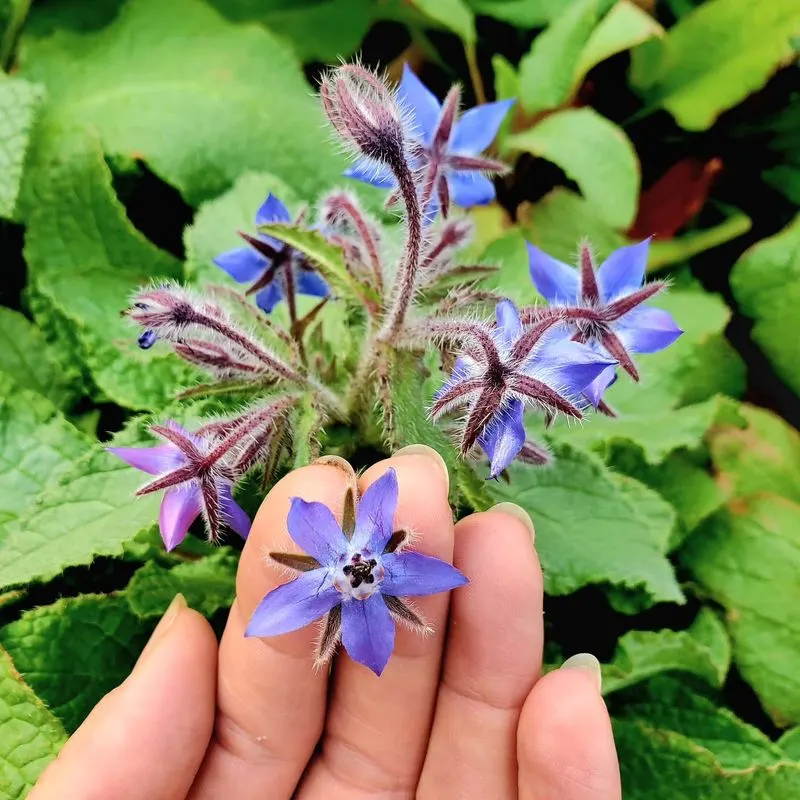
Borage, with its star-shaped blue flowers, is more than just a pretty face. The plant’s leaves and blooms add a cucumber-like flavor to beverages and dishes.
Borage grows easily in sunny areas with well-drained soil, often self-seeding and ensuring perennial beauty. Its flowers attract pollinators, enhancing your garden’s ecosystem.
Both ornamental and functional, Borage offers visual appeal and culinary flexibility, making it a gardener’s delight.
Winged Bean (Psophocarpus tetragonolobus)

Every part of the Winged Bean plant is edible, from its leaves to its seeds, offering a variety of culinary applications. Its name comes from the uniquely shaped pods that resemble wings.
This tropical plant thrives in warm, humid climates, climbing impressively on trellises or poles. It’s a generous producer, ensuring a plentiful harvest throughout the growing season.
With its versatility and productivity, the Winged Bean is a valuable plant for those looking to diversify their garden and diet.
Amaranth (Amaranthus spp.)

Amaranth, once a staple of the Aztec diet, continues to impress with its edible leaves and seeds. The greens are tender and nutritious, while the seeds are a gluten-free grain alternative.
Growing this plant is straightforward, as it thrives in various soil types and enjoys full sun. Its striking red and purple flower spikes add a dramatic touch to any garden.
Amaranth’s historical significance and modern-day versatility make it a cherished addition for both gardeners and cooks.
Yacon (Smallanthus sonchifolius)
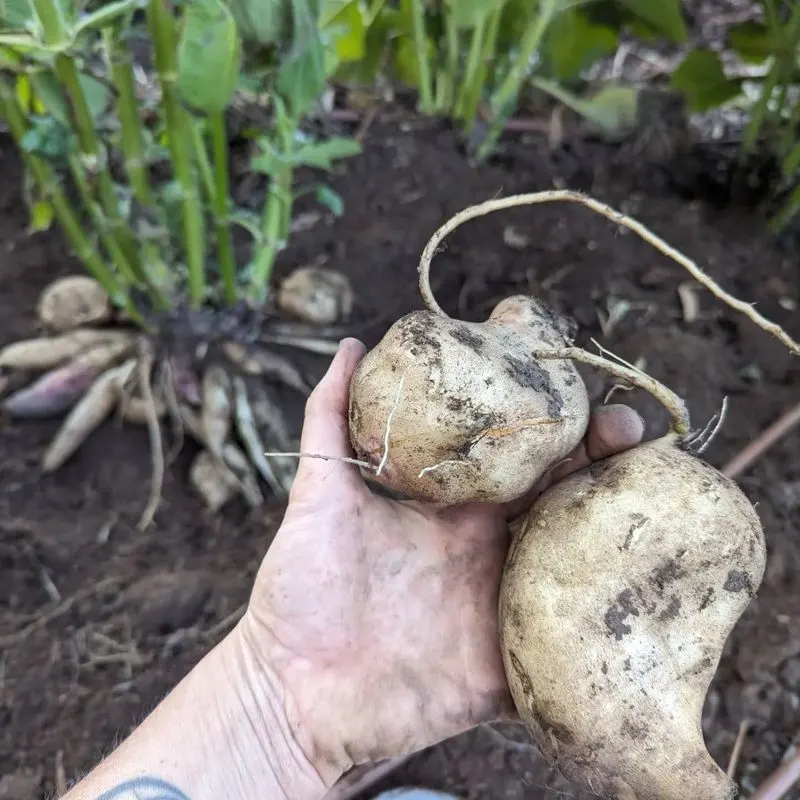
Sweet and crunchy, Yacon root resembles a juicy apple when eaten raw. Its natural sweetness lends itself well to salads and syrups.
Yacon thrives in well-drained soil and sunny locations, often growing large and leafy. The plant is easy to maintain, with tubers harvested in late autumn.
Known for its prebiotic benefits, Yacon is not just a tasty treat but also a health-conscious choice for the home gardener.

